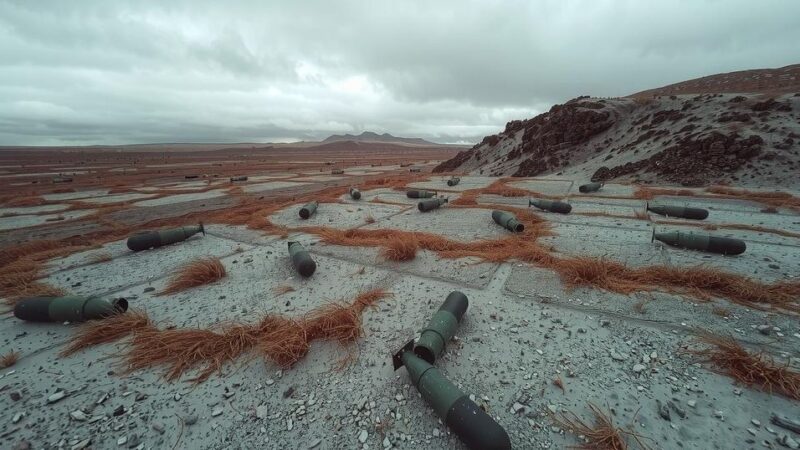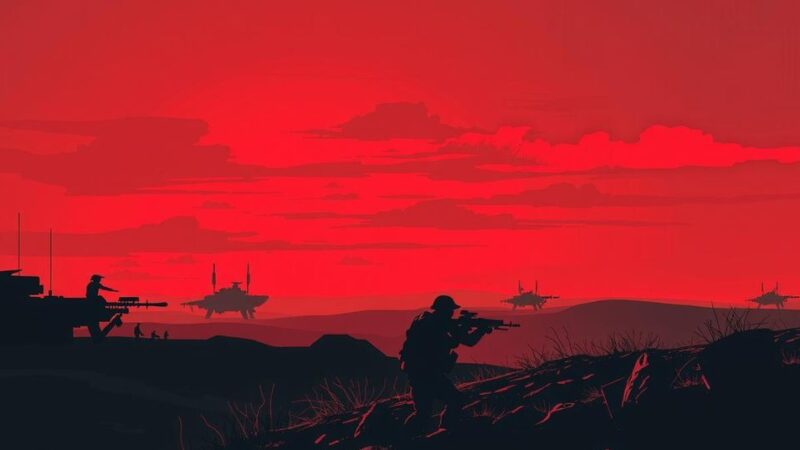The Congo War Security Review outlines ongoing military activities in eastern DRC, focusing on M23’s advances and internal militia dynamics. Key highlights include M23’s territorial gains in South Kivu and clashes with government forces, alongside an upcoming SADC virtual summit addressing regional security. Reports indicate complex interactions among militia factions and consequences for the Congolese army’s effectiveness against M23.
The Congo War Security Review provides daily updates on the conflict in eastern Democratic Republic of the Congo (DRC) involving the M23 group and their affiliates against Congolese government forces. The data cutoff for the review is March 11, 2025, at 1 P.M. EST. Individuals can acquire map shapefiles by contacting [email protected] for specific requests. Updates can be followed on CTP’s social media platforms such as Twitter, LinkedIn, and BlueSky, and the Africa File can be accessed to obtain in-depth analysis.
Key developments during this period include M23’s southward advance from Bukavu into critical areas connecting various fronts in South Kivu, as well as ongoing conflicts in the mineral-rich Walikale district of North Kivu. The M23 group’s activities involved attempts to capture a vital district capital towards a key gold mining town, showcasing the ongoing volatility and territorial ambitions within the region.
In the Northern Axis, M23 faced internal dissent as fighters from two militia groups, Mai Mai Kabidon and Mai Mai Kifuafua, publicly rejected claims of defection to M23. They released videos affirming their loyalty, underscoring the complex dynamics within local militias and their influence on the conflict’s trajectory.
The Southern Axis noted significant advances by M23 south of Bukavu, seizing control of several villages, including the capital of the Kaziba chiefdom. This move set the stage for M23 to strengthen its supply lines with allied militias, while the government forces, FARDC, engaged heavily to dislodge M23 from the region.
In the Northwest, M23 continued its push into Walikale, capturing essential locations vital for resource control. Reports from the field indicated clashes with FARDC, signaling an active confrontation for dominance in these vital areas.
Furthermore, in the Southwest, M23 aimed to conquer a crucial district capital along the RN2 road towards Kamituga, although they reportedly faced significant losses during their advance. As fighting persists, FARDC has been attempting to repel M23 incursions on various fronts, indicating ongoing military engagements across the conflict zones.
On a political note, the Southern African Development Community (SADC) is convening a virtual summit on March 13 to discuss the deteriorating security situation in the eastern DRC, highlighting regional and international concerns regarding stability in the region. The outcomes of this meeting could potentially influence future military and diplomatic strategies regarding the conflict.
In summary, the ongoing conflict in eastern DRC remains highly dynamic, with the M23 group making strategic territorial gains while internal militia dynamics complicate the situation further. FARDC’s continued military efforts against M23 signify a protracted engagement, the consequences of which are being closely monitored both locally and by regional entities. The upcoming SADC summit promises to address these pressing issues and may shape future responses to the conflict.
Original Source: www.criticalthreats.org






